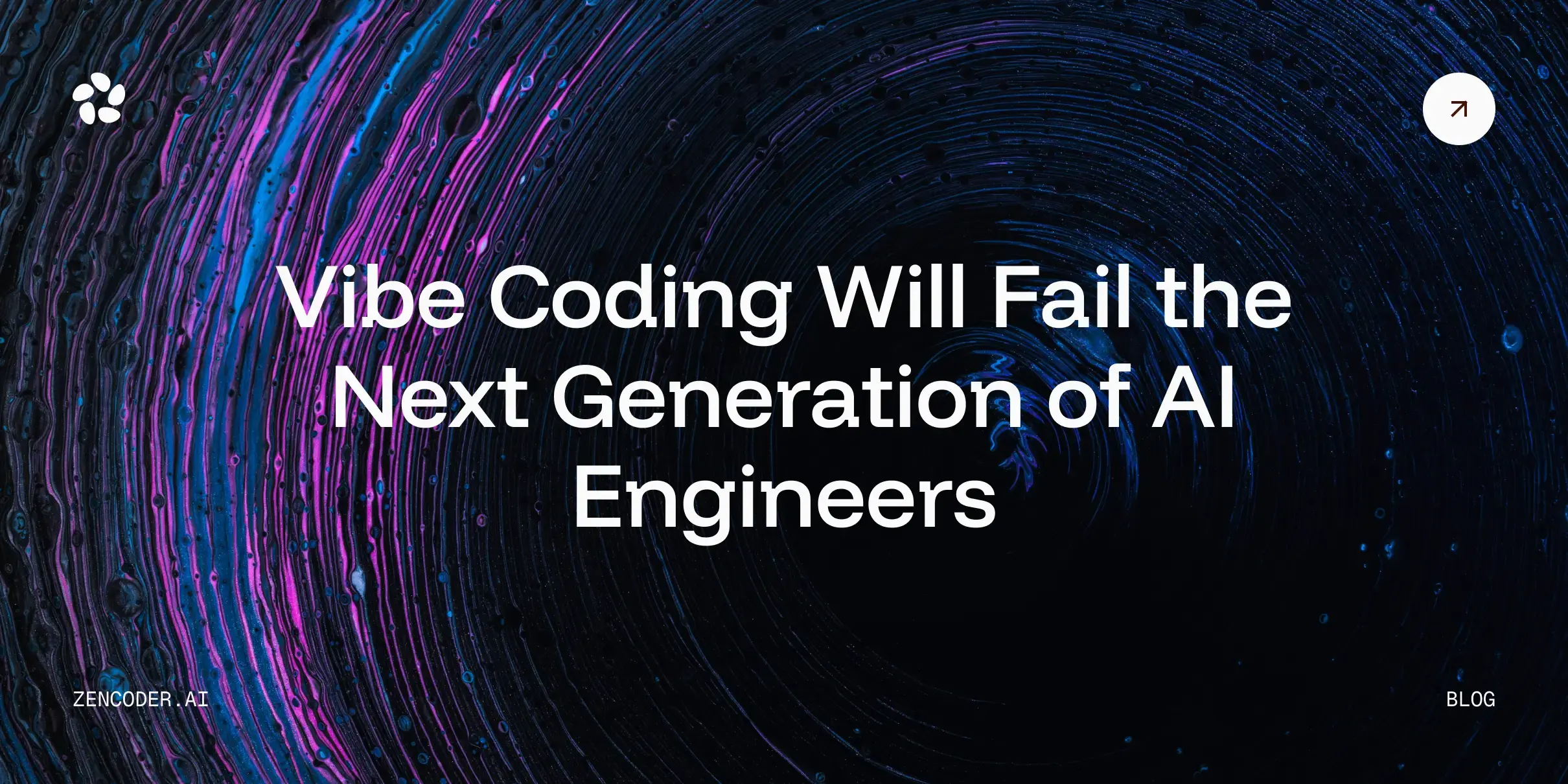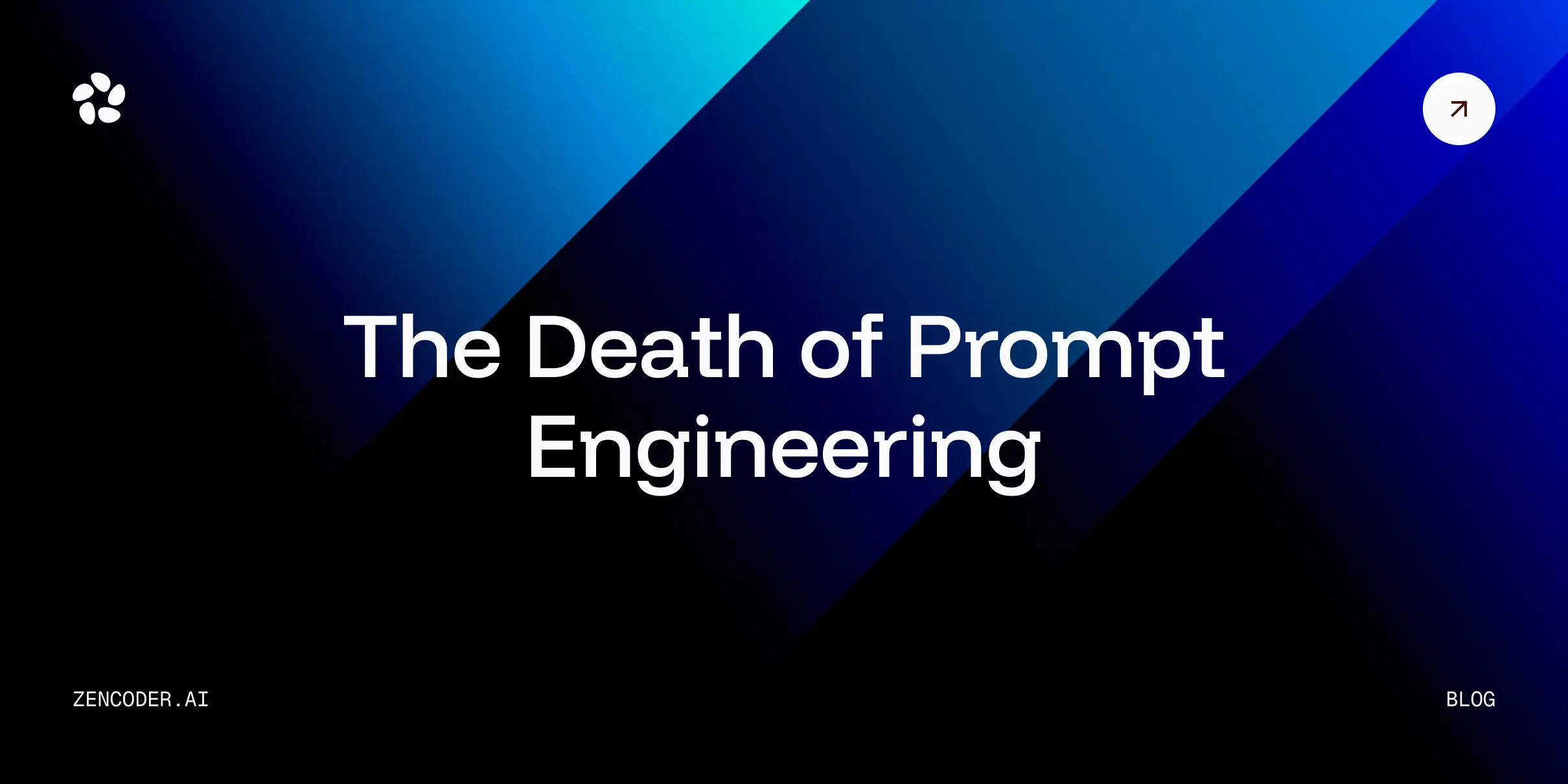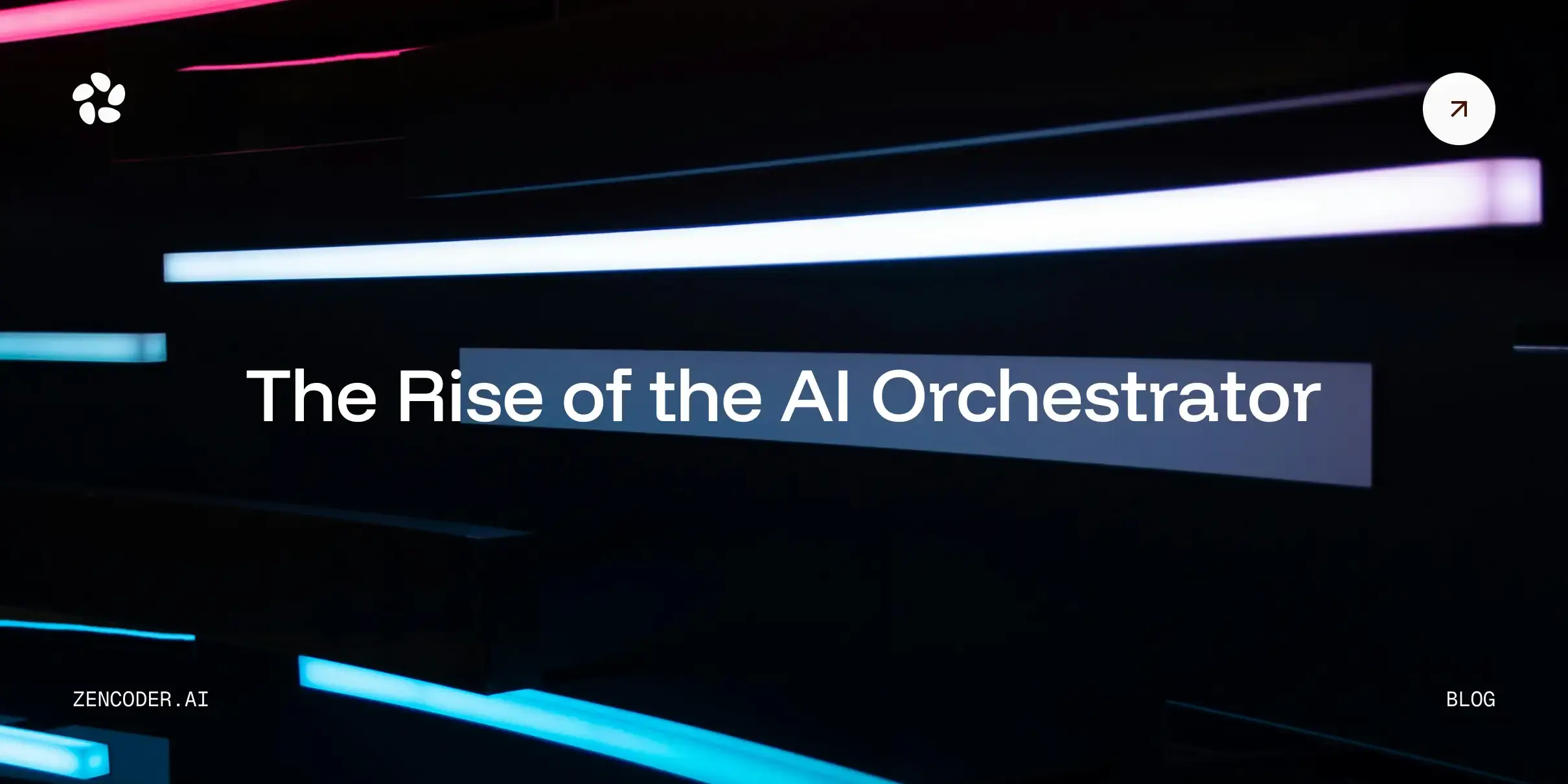As modern software projects grow in size and complexity, ensuring that every line of code upholds consistent quality standards can feel like trying to herd cats. With contributors bringing different coding styles, security mandates growing more rigorous, and regulatory requirements changing by the month, staying on top of it all can be overwhelming. AI for Code Governance emerges as a powerful solution, helping unify best practices, detect vulnerabilities before they do harm, and uphold industry regulations without forcing anyone into endless manual checks.
Instead of spending hours scrutinizing code for formatting or hunting down elusive bugs, AI-driven tools can shoulder much of that burden. They transform static code reviews into dynamic, continuous improvement cycles. These systems learn from past commits, adapt to your unique environment, and become ever more accurate at catching potential problems. The result is cleaner code, more secure applications, and a development process that leaves more room for creative problem-solving instead of repetitive oversight.
By walking through the fundamentals of code governance, this article takes a conversational, hands-on approach to integrating AI-driven solutions into your workflow. It provides actionable tips on selecting the right tools, like Zencoder, managing dependencies intelligently, and ensuring your entire team feels comfortable adopting these new practices. We’ll also look ahead to where these technologies are headed, envisioning a future where code practically takes care of itself. In other words, think of this as your roadmap to a smarter, more efficient approach that aligns quality and innovation in perfect harmony.
Here’s what you’ll read here:
- Introduction to Code Governance
- Why AI Is a Game-Changer for Code Governance
- Tackling Common Governance Challenges
- How AI Enhances Code Governance
- Integrating AI into Your Workflow
- The Future of AI in Code Governance
- Conclusions, Next Steps, and Additional Resources
Introduction to Code Governance
Code governance isn’t just a fancy term: it’s the glue holding modern software projects together. It establishes clear guidelines for formatting, naming conventions, documentation, security protocols, and more. When everyone involved works with these same guideposts, code becomes easier to understand, maintain, and update. Imagine a scenario where adding new features doesn’t break existing ones because the entire codebase follows predictable patterns. That’s the magic of proper governance. It not only saves time but also ensures that as your application evolves, it remains stable, efficient, and aligned with best practices.
Beyond readability, code governance plays a crucial role in risk management. By setting standards for how code is written and reviewed, you drastically reduce the chance of introducing bugs, inconsistencies, or vulnerabilities that slip by unnoticed. It also helps ensure that when new members join or external collaborators contribute, they can quickly hit the ground running, confident they’re working within a stable, well-governed environment.
So, with code governance in place, scaling up your project or adapting to market changes no longer feels like unraveling a messy knot—it’s more like building with neatly stacked bricks, each one placed exactly where it should be.
Tackling Common Governance Challenges
As with every innovation and new technology, it does not come without challenges and difficulties to overcome. So let’s discuss some of them.
Inconsistent Code Practices
Diverse skill sets, personal preferences, and distinct toolchains can leave your codebase feeling like a patchwork quilt. Inconsistencies in naming variables, structuring functions, or commenting logic make the code harder to understand and maintain. Over time, these small discrepancies balloon into significant inefficiencies, slowing down production and increasing the risk of bugs. By leveraging AI-assisted development, you can establish and enforce a cohesive style guide that remains consistent across every contributor’s work. AI tools examine incoming changes, gently nudging the code into a unified shape, so everyone speaks the same coding language. Zencoder and similar platforms can automatically suggest formatting refinements, turning once-chaotic code into a smooth, harmonized asset.
Scaling Standards Across Large Teams:
When teams grow, so do their repositories. Suddenly, you might have multiple squads working on different features or modules, each with their own coding approaches. Maintaining a shared vision of what “good code” means feels daunting. AI for Code Governance simplifies this puzzle by continuously monitoring and enforcing standards at scale. Whether you have 10 or 100 people collaborating, AI tools ensure each commit meets the same benchmarks. They keep everyone on track and deliver consistent results without demanding an army of human reviewers.
Meeting Industry and Security Compliance
Industry standards, frameworks like ISO 27001, and privacy regulations such as GDPR aren’t optional—they’re essential guardrails that protect both your users and your reputation. But manual compliance checks can be labor-intensive and error-prone, especially as regulations shift. AI offers a flexible, real-time approach to compliance. It scans your codebase for known vulnerabilities, suspicious patterns, or outdated libraries that could violate standards. You get immediate alerts, preventing non-compliant code from slipping into production. Over time, these systems learn the regulatory nuances relevant to your domain, ensuring that security and compliance remain steady fixtures in your development pipeline rather than last-minute afterthoughts.
Managing Legacy Code
Few things are as challenging as maintaining a sprawling codebase that’s evolved over years—sometimes decades—of incremental changes. Legacy code often accumulates technical debt, outdated libraries, and inconsistent patterns that slow down progress. Here’s where AI and generative capabilities shine. Intelligent tools analyze the historical patterns in legacy code, highlighting areas ripe for modernization. They can identify dead code, outdated dependencies, or underperforming sections that deserve refactoring.
Zencoder, for instance, can suggest strategic upgrades and improvements, helping you gradually rejuvenate your codebase without risking system integrity. Here’s an example in Python:
|
# Example: Refactor legacy code |
Over time, this approach transforms a maintenance-heavy drag into an opportunity for innovation and efficiency.
How AI Enhances Code Governance
But how can AI enhance code governance? Let’s see the angles of some practical examples.
Automated Code Reviews
Think of automated code reviews as having a tireless quality checker embedded directly into your development pipeline. Instead of waiting for a senior teammate to manually review a slew of pull requests, AI-driven solutions swiftly evaluate code the moment it’s submitted. They scrutinize syntax, spot logical inconsistencies, and even measure performance implications.
With tools like Zencoder seamlessly integrated into your environment, these reviews become a natural part of your workflow, eliminating bottlenecks and ensuring that each code merge maintains a consistent level of quality. Over time, as the AI models learn from your team’s patterns, their recommendations become more insightful and more aligned with your evolving goals.
Enforcing Standards with AI
Maintaining strict coding standards can feel like a tedious policing job. AI flips that script. Instead of relying on human gatekeepers, your governance policies become living rules baked into automated checks. Every commit is evaluated against a predefined set of guidelines—stylistic conventions, security best practices, naming rules—and flagged if it deviates. This consistent feedback loop conditions everyone to write code that effortlessly meets the bar. Rather than struggling to remember every detail of a style guide, contributors rely on AI to nudge them in the right direction. The end result is a codebase with fewer inconsistencies and a team that naturally embraces best practices.
AI-Driven Security Vulnerability Detection
Security threats evolve constantly, making it tough to stay ahead of them using manual checks alone. AI brings a new level of vigilance to your code’s defenses. By training on massive libraries of known vulnerabilities, models can spot subtle warning signs in your code—perhaps a suspicious function call or an outdated encryption method—long before it becomes an exploitable hole. Continuous scanning ensures you’re not just playing catch-up; you’re moving proactively. The peace of mind this provides is enormous: you know your application is under constant watch, and you can address issues promptly rather than scrambling in response to a breach.
AI for Continuous Compliance Monitoring
Compliance should never feel like a final checkpoint—something you scramble to meet just before launching. In fact, in terms of compliance, a recent study tells us that 77% of companies consider AI compliance a top priority, with 69% having adopted responsible AI practices to identify potential compliance risks.
The good news is that AI tools treat compliance as a continuous aspect of code governance. So, by integrating AI-driven checks into your CI/CD pipelines, every code change is inspected for adherence to industry standards. From GDPR-related data handling to PCI DSS security measures, non-compliant code never slips through the cracks. The result is a steady state of readiness. You no longer fear surprise audits or last-minute regulatory changes, as AI continuously adjusts to new guidelines, keeping your code fully aligned with the latest standards.
Integrating AI into Your Workflow
So, given all the benefits: how can you implement AI into your workflows? Here’s a step-by-step integration process:
- Assess Current Workflow: Pinpoint where you struggle most—is it maintaining style consistency, adhering to compliance, or catching subtle bugs? This helps you determine which AI features to prioritize.
- Choose the Right Tools: Evaluate platforms like Zencoder for their breadth of functionality, integration options, and compatibility with your existing environment.
- Ensure Compatibility: Confirm that the chosen solutions align with your code repositories, CI/CD pipelines, and project management tools. Smooth compatibility means less friction and a quicker ramp-up.
- Pilot Implementation: Roll out AI checks on a smaller segment of the code or a single team, collecting feedback on usability and effectiveness. Use these insights to refine your approach.
- Monitor and Refine: Continuously assess the impact of AI-driven governance. Are code reviews faster? Are security incidents fewer? Adjust settings, add new checks, or scale up as your comfort grows.
Training Your Team on AI Tools
Introducing AI-driven governance should feel like handing your team a powerful new toolkit, not imposing a strict new rulebook. Host interactive training sessions, provide easy-to-follow documentation, and highlight the positive outcomes: reduced drudgery, quicker merges, and fewer production headaches. Encourage experimentation, let people explore features, and be receptive to questions. As everyone becomes more fluent in using AI tools, their confidence grows, and the entire team starts capitalizing on the newfound efficiency. Over time, AI-driven governance transforms from a concept into a natural part of how everyone works.
The landscape of AI-driven code governance is rapidly evolving. Looking ahead, we can anticipate self-healing codebases that detect, diagnose, and resolve certain issues without human intervention. Predictive analytics may become standard, flagging potential concerns before they morph into real problems, like a digital crystal ball guiding your team to safer, smarter decisions. Compliance monitoring could become so ingrained that adapting to new regulations feels effortless, and large-scale refactors might be orchestrated by AI, suggesting improvements at a system-wide level.
As these technologies advance, the relationship between human expertise and AI assistance deepens. Human creativity, intuition, and big-picture thinking will always remain critical. AI will serve as a powerful extension of that intellect, handling the repetitive, detail-oriented tasks and surfacing insights that might otherwise be missed. This synergy promises a future where code governance isn’t a burdensome overhead but a strategic advantage, enabling more ambitious projects, faster iteration, and rock-solid reliability.
Conclusions
Embracing AI for Code Governance isn’t just about trimming time off manual checks—it’s about elevating the entire development process to a new level of quality, security, and adaptability. By leaning on AI-driven insights, automated reviews, continuous compliance monitoring, and intelligent dependency management, you transform your codebase into an agile, future-ready platform. With each iteration, the code grows cleaner, the workflows smoother, and the outcomes more predictable.
Zencoder can be a key ally in this journey. Its robust feature set, intuitive interface, and seamless integrations empower you to apply AI-based governance without missing a beat. With Zencoder, you gain immediate access to streamlined quality checks, real-time alerts about vulnerabilities, and reliable compliance oversight, allowing you to focus on innovation rather than constant code policing.
Ready to put these ideas into practice? Try out Zencoder and share your experience by leaving a comment below. Don’t forget to subscribe to Zencoder to stay informed about the latest AI-driven strategies for improving your code governance. Your insights, questions, and feedback can help shape the future of coding practices.
Related Reads on the Zencoder Blog:
- Will AI Replace Software Engineers? – Explore the evolving role of AI and what it means for the people behind the code.
- Integrating AI Code Generators with IDEs – Learn how seamless integration accelerates coding tasks and improves code intelligence.
- Understanding Software Quality Management – Gain insights into strategic quality management practices that can bolster your entire development lifecycle.
By exploring these resources and tools, you’re not only bolstering your understanding of AI-assisted code governance—you’re setting the stage for a more stable, secure, and forward-thinking development environment. It’s time to embrace a new era where creativity and consistency thrive side by side.



